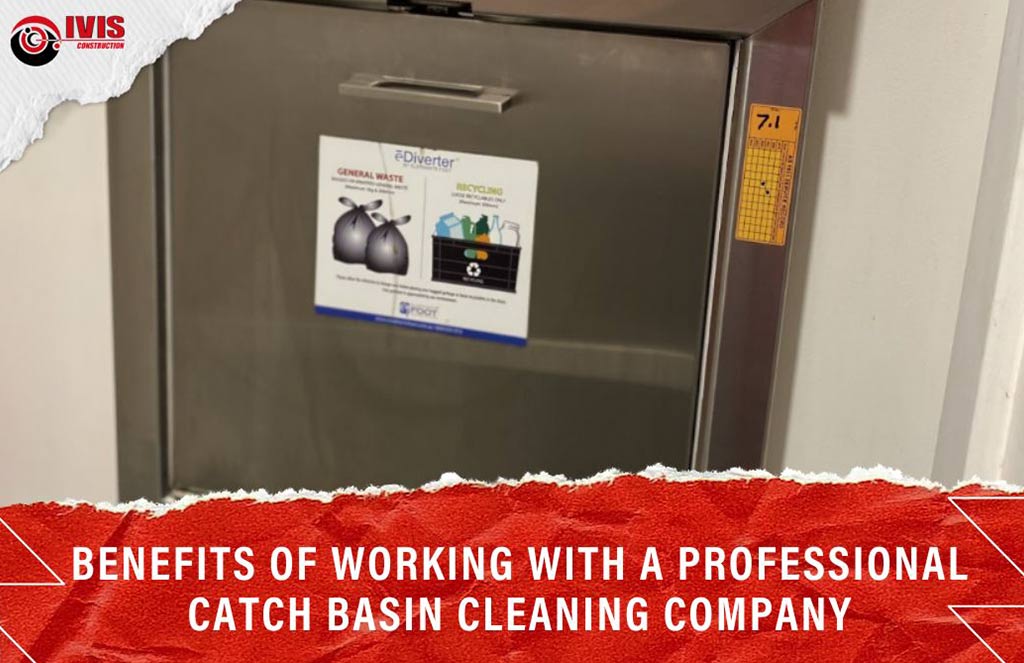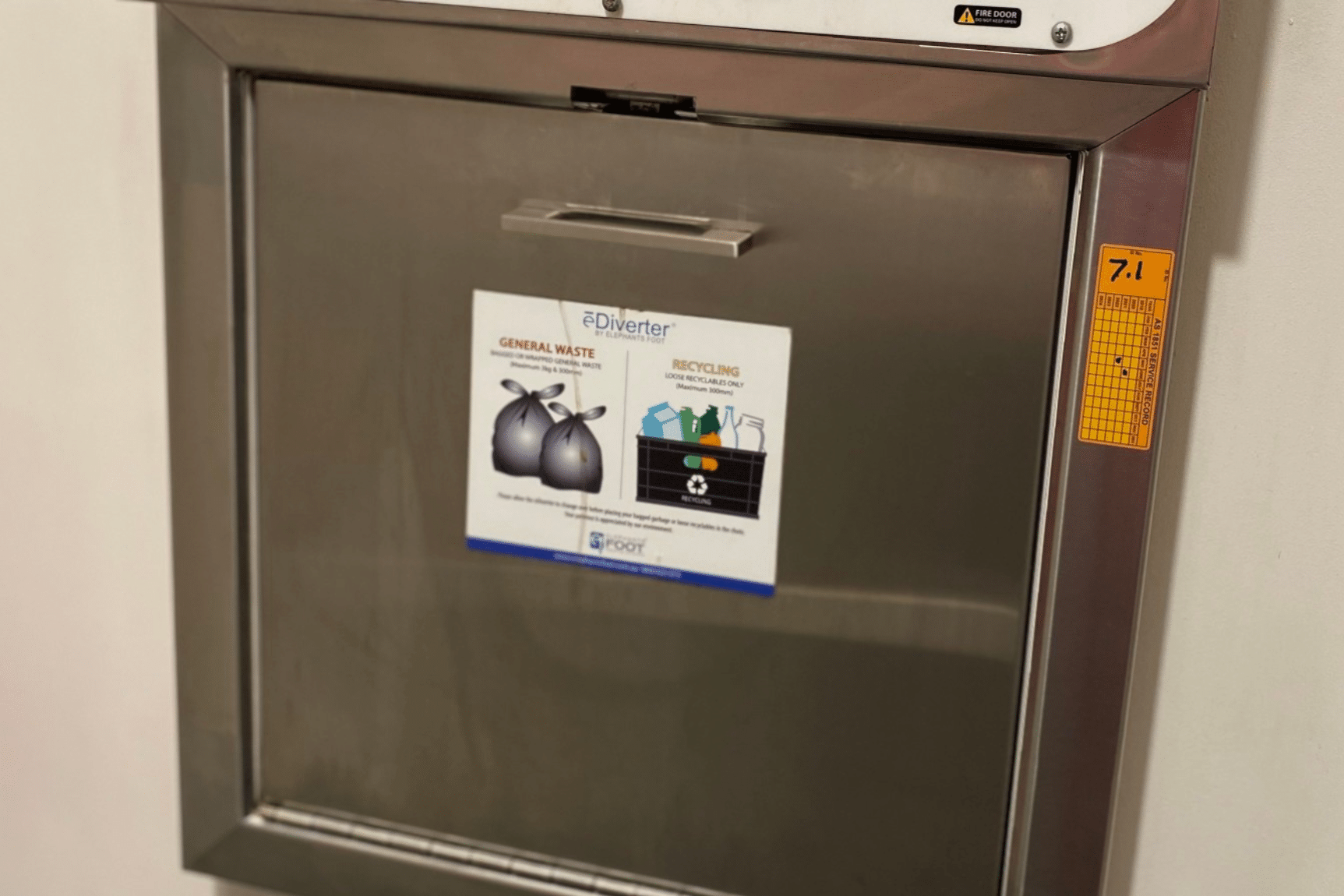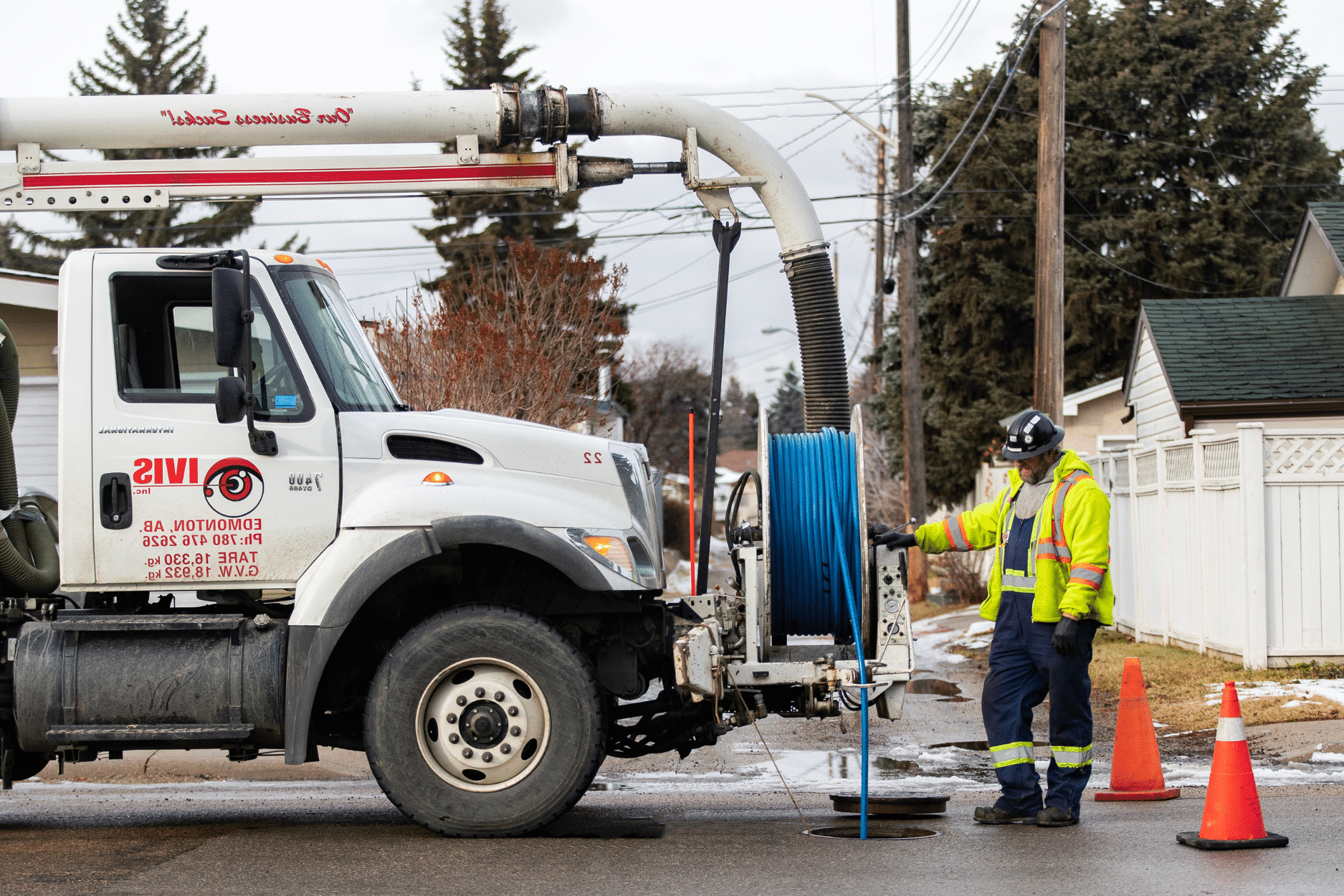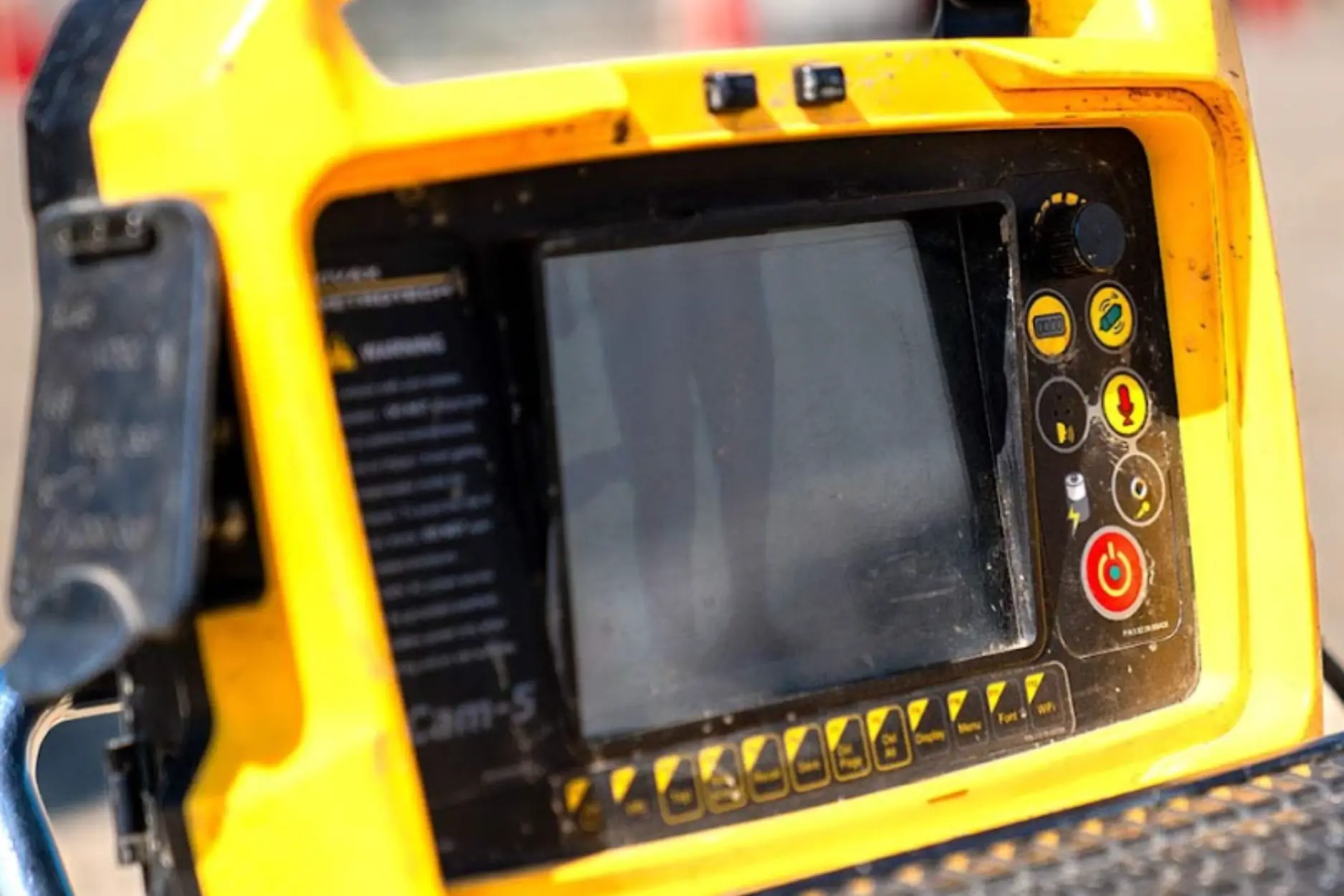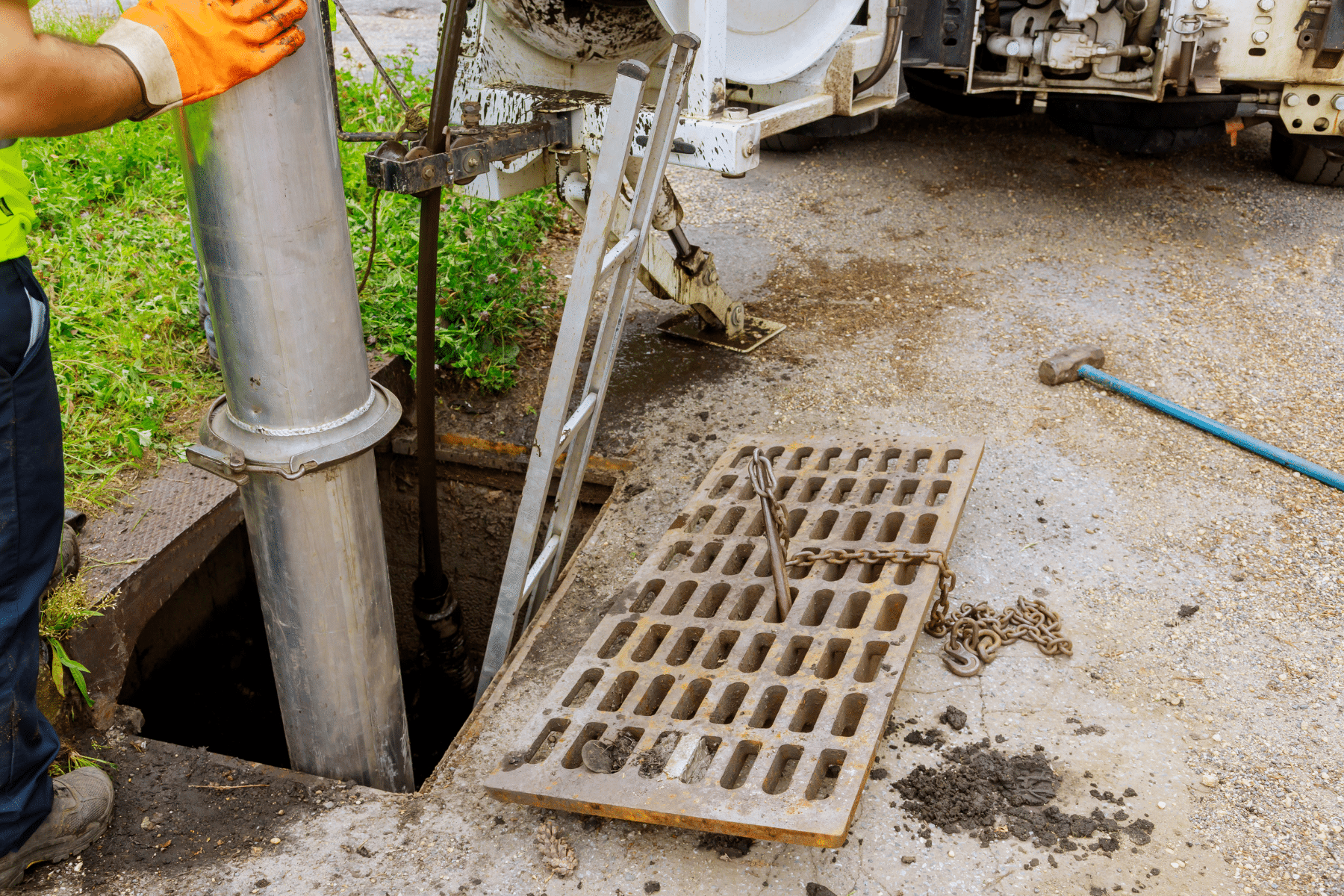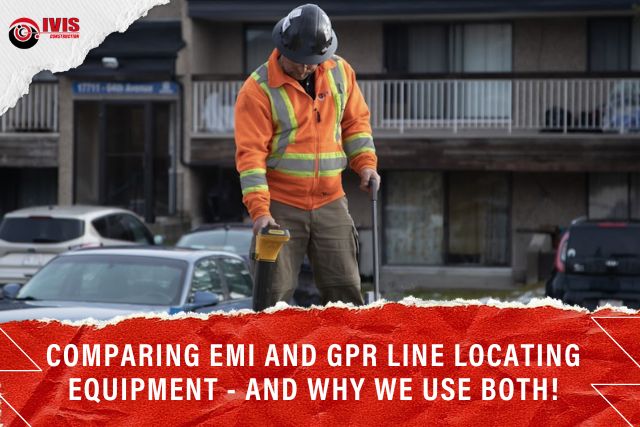
Blog
Before you begin any project, whether breaking ground on a new house or planting a new tree in the front yard, you must ensure you know exactly where your utility lines are. That’s where line locating comes in!
Both EMI and GRP equipment are essential for our utility location services. Using the specialized equipment, we identify the location of underground utility lines, such as telecommunication and power lines.
The technology itself is impressive, revealing detailed information about the world below our feet. Here’s precisely how it works and why we always use EMI and GPR line locating equipment as a pair.
What is EMI Line Locating?
EMI stands for electromagnetic induction equipment. EMI primarily works for intact metal pipes. The EMI equipment is used on one end of the pipe and then generates a frequency. The frequency is measured on the other side of the pipe with a receiver to determine the total length.
While it provides a very accurate reading, it’s not always possible to do an EMI utility location. The length of the pipe, pipe material, and broken infrastructure can affect the ability to do a reading.
Advantages of EMI
- Detect even small-sized cables
- Can identify sewers and pipes with an access point
- Provides results faster than GPR
- Can track signals from the transmitter source
Disadvantages of EMI
- Can only track conductive materials
- Does not show as much information for additional materials and findings below ground
- Frequency signal can get lost from broken pipes or material changes
- Signals can get mixed up with other nearby utility lines
What is GPR Line Locating?
GPR stands for ground penetration radar. The technology transmits microwave frequencies into the ground. The frequencies then flag any reflections from structures and materials in the ground and send that back to a receiver above ground.
GPR can identify the location of lines, air pockets, defunct wells, and other underground infrastructure. A map is then created using the data.
GPR Advantages
- Can detect most types of utilities
- Collects data in real-time
- Can detect additional materials like salt contamination and sinkholes
- Can turn data into 2D/3D models
GPR Disadvantages
- More time intensive
- More costly (due to added time)
- Obstructions and uneven land can affect the results
- Does not work well with high-moisture content
Why We Use Both EMI and GPR Line Locating
Both EMI and GPR are useful technologies that allow us to see and map existing underground infrastructure. Together, they give us a complete breakdown of what lies beneath the surface.
Each of the pieces of equipment has its pros and cons. For instance, EMI can’t conduct an electromagnetic frequency when a pipe isn’t made of metal or is too long. But EMI equipment can get more specific about the exact location when in the right conditions.
Likewise, GPR is great for providing full-picture results. Yet it can’t penetrate steel and doesn’t fare well with wet and dense soil.
Together, the equipment fills the blank of the other. Our technicians can then cross-reference the data from both pieces of equipment. Finally, technicians can further investigate any discrepancies.
Having two different types of equipment is also helpful for changing weather conditions. Since they work better in different conditions, using both EMI and GDR line locations ensures we can get the job done regardless of the conditions.
Connect With IVIS Construction Today!
Before you begin your next project, ensure you know what lies beneath the ground. For line locating services, contact us at (780) 476-2626 or fill out our online form, and we’ll get back to you ASAP!
We’re on social media! Connect with us on Facebook and Instagram to stay updated on new blog posts, our hiring needs, and everything Ivis!
